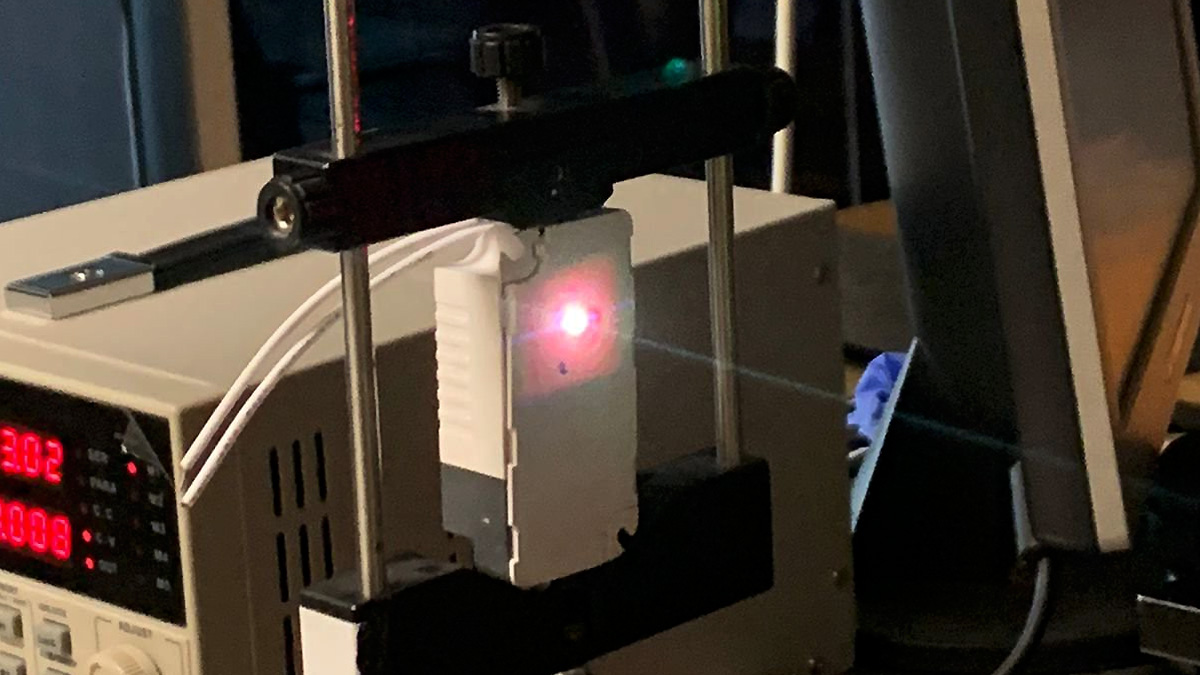
As 5G technology continues to roll out globally, mass adoption will be the primary driver of growth in the coming years, according to a senior executive at Nokia . While the technology is already in place, the challenge now lies in scaling its applications across industries to unlock its full potential, Tarun Chhabra , Country Head India Market, Nokia told ETTelecom in an interview. He said currently, consumer use cases are leading the charge, but we are seeing other sectors developing use cases as well.
“We have conducted trials in areas like Industry 4.0, sustainability and ESG (environmental, social, and governance). However, the key challenge moving forward is how to scale these innovations effectively.
That will be the primary focus for the entire industry. Whether as enablers or working with customers, we will see significant progress in areas such as sensing, AI/ML, and 5G, all aimed at expanding use cases,” he said talking about the 5G use cases . Advt Significant strides have been made but the real impact of 5G will depend on how effectively the industry can scale these solutions for widespread use, Chhabra said.
However, despite launching 5G services, the telcos in India are not able to monetise 5G and it remains a challenge, though FWA (fixed wireless access) has given some positive signs. When asked about 5G monetisation challenges for the telecom industry, he said, “There are two key aspects to consider. First, we will definitely see tariff increases in the near future.
The second aspect is the emergence of new applications. As for use cases, yes, scaling them can take time. But we are already seeing progress.
For example, in Industry 4.0, we’re showcasing AI, robotics and automation applications.The challenge is how many manufacturing units can adopt these technologies.
In brownfield environments, it takes longer to implement, but in greenfield industries—those being set up from scratch—are able to adopt these technologies much faster.” Use cases are emerging in fields like manufacturing, agriculture and healthcare. For agriculture, we (Nokia) have demonstrated the use of drones, which shows how these technologies can be applied in the sector.
The mass adoption may take longer, but we are seeing positive trends in data growth, subscriber numbers and fiber shipments. These are all key indicators that the industry is moving in the right direction, even if large-scale deployment takes some time, the Nokia executive adds. Globally, in Latin America, there are examples in mining and in Europe, there are private 5G networks being used in maintenance facilities and training environments.
In mining and railways, there is clear potential for private networks to support automation, maintenance and other critical applications. Advt There's definitely traction for private networks, but the speed of adoption and the growth of these use cases are still to be fully realized, he adds. By Mansi Taneja , ETTelecom Published On Nov 8, 2024 at 12:52 PM IST Telegram Facebook Copy Link Be the first one to comment.
Comment Now COMMENTS Comment Now Read Comment (1) All Comments By commenting, you agree to the Prohibited Content Policy Post By commenting, you agree to the Prohibited Content Policy Post Find this Comment Offensive? Choose your reason below and click on the submit button. This will alert our moderators to take actions REASONS FOR REPORTING Foul Language Defamatory Inciting hatred against a certain community Out of Context / Spam Others Report Join the community of 2M+ industry professionals Subscribe to our newsletter to get latest insights & analysis. Download ETTelecom App Get Realtime updates Save your favourite articles Scan to download App Nokia technology news telecom news 5G Nokia 5G growth strategies monetization challenges of 5G Tarun Chhabra 5G use cases.














